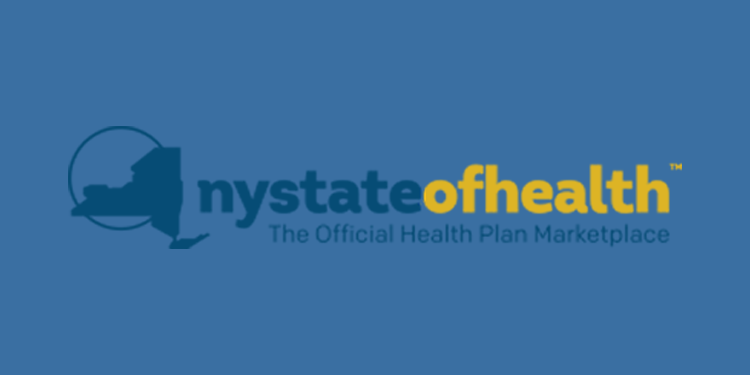What New York’s Essential Plan Changes Mean for Employers and Their Teams
New York will cut 450,000 residents from its Essential Plan in 2026 due to federal funding changes. For employers, this could increase demand for company health benefits and reshape recruitment, retention, and employee financial wellness.

Note: This post focuses on the business and workforce impact of New York’s Essential Plan changes, avoiding the politics behind the decision.
What’s Happening?
Starting in mid-2026, New York will scale back its Essential Plan, a health insurance option designed for lower-income residents. The program currently covers about 1.7 million people. Due to reduced federal funding, eligibility thresholds will change, and roughly 450,000 residents—including 70,000 on Long Island—will lose access to the plan.
Why This Matters to Employers
While the Essential Plan is primarily an individual program, changes in public health coverage often create ripple effects for the workforce. Employees who previously relied on this plan may turn to employers for alternative options, especially small and midsized businesses.
- Higher Pressure on Employer-Sponsored Plans: Workers losing low-cost coverage may look to join or upgrade through company plans, raising participation rates and potentially costs.
- Recruitment & Retention Challenges: Affordable health coverage is a major factor in employee decisions. Losing access to the Essential Plan could make employer-sponsored benefits even more valuable in attracting talent.
- Shifts Toward the ACA Marketplace: Many individuals will move to Affordable Care Act (ACA) marketplace plans, which typically include deductibles and premiums. This could increase employees’ out-of-pocket costs, impacting disposable income and financial stress.
Eligibility Threshold Changes
Currently, the Essential Plan is open to residents earning up to 250% of the federal poverty level—about $39,000 for an individual or $80,000 for a family of four. After mid-2026, that threshold drops back to 200%—roughly $31,300 for an individual and $64,300 for a family of four.
What Employers Should Do Now
- Evaluate Your Current Benefits Package: Review whether your plan is competitive for lower- to middle-income employees who may lose Essential Plan coverage.
- Communicate Early: If you employ workers in the affected income ranges, they’ll need clarity on their options before 2026.
- Explore Supplemental Options: Consider voluntary benefits, commuter savings programs, or other cost-saving perks to offset rising healthcare costs.
- Plan for Rising Participation: If employees migrate to your company plan, understand how it may impact overall premiums and contribution structures.
Looking Ahead
The Essential Plan has provided a valuable safety net with no premiums and no deductibles, saving enrollees an estimated $6,100 per year compared with commercial coverage. With those benefits shrinking for nearly half a million New Yorkers, businesses may find themselves playing a larger role in providing affordable healthcare access to employees.
For employers, this is both a challenge and an opportunity: a challenge because of potential cost pressures, but an opportunity to strengthen recruitment, retention, and overall workforce well-being by offering thoughtful benefits solutions.
If you’d like to explore strategies for making your benefits package more resilient in light of these changes, contact Benton Oakfield today. We work with businesses across New York to design cost-effective, competitive benefits programs.



